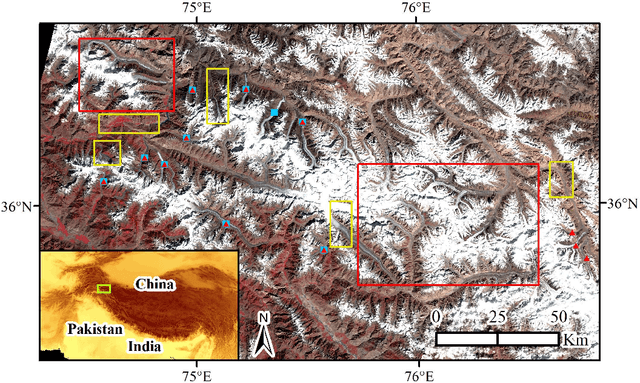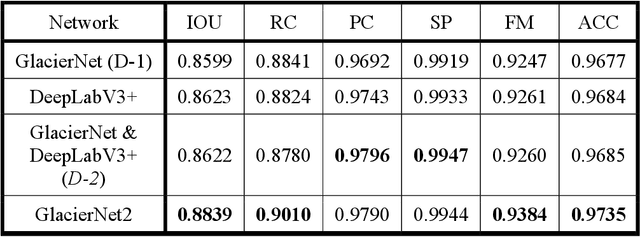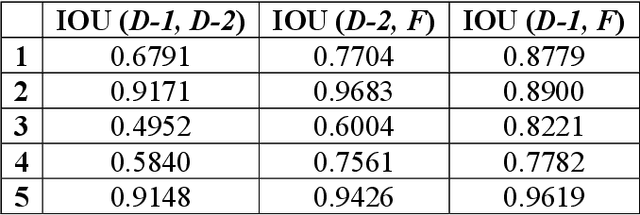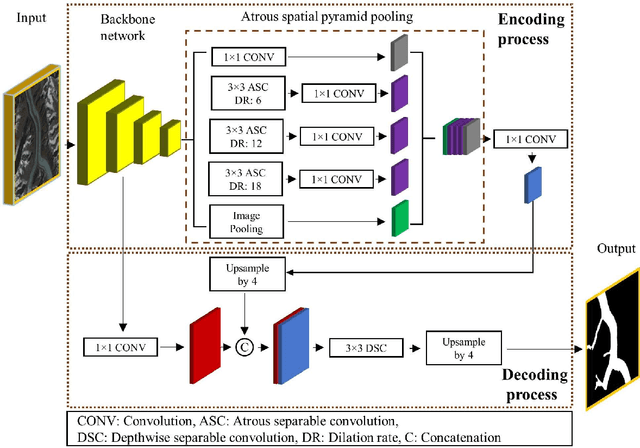GlacierNet2: A Hybrid Multi-Model Learning Architecture for Alpine Glacier Mapping
Paper and Code
Apr 06, 2022



In recent decades, climate change has significantly affected glacier dynamics, resulting in mass loss and an increased risk of glacier-related hazards including supraglacial and proglacial lake development, as well as catastrophic outburst flooding. Rapidly changing conditions dictate the need for continuous and detailed observations and analysis of climate-glacier dynamics. Thematic and quantitative information regarding glacier geometry is fundamental for understanding climate forcing and the sensitivity of glaciers to climate change, however, accurately mapping debris-cover glaciers (DCGs) is notoriously difficult based upon the use of spectral information and conventional machine-learning techniques. The objective of this research is to improve upon an earlier proposed deep-learning-based approach, GlacierNet, which was developed to exploit a convolutional neural-network segmentation model to accurately outline regional DCG ablation zones. Specifically, we developed an enhanced GlacierNet2 architecture thatincorporates multiple models, automatic post-processing, and basin-level hydrological flow techniques to improve the mapping of DCGs such that it includes both the ablation and accumulation zones. Experimental evaluations demonstrate that GlacierNet2 improves the estimation of the ablation zone and allows a high level of intersection over union (IOU: 0.8839) score. The proposed architecture provides complete glacier (both accumulation and ablation zone) outlines at regional scales, with an overall IOU score of 0.8619. This is a crucial first step in automating complete glacier mapping that can be used for accurate glacier modeling or mass-balance analysis.
 Add to Chrome
Add to Chrome Add to Firefox
Add to Firefox Add to Edge
Add to Edge